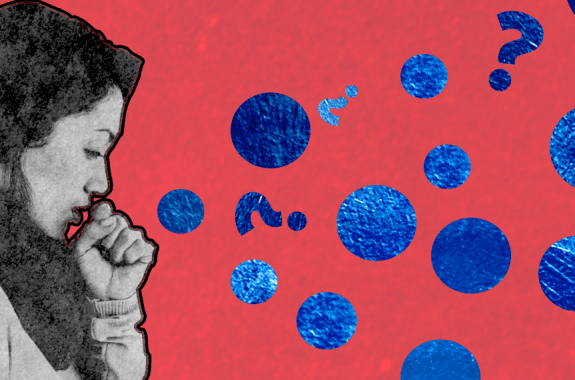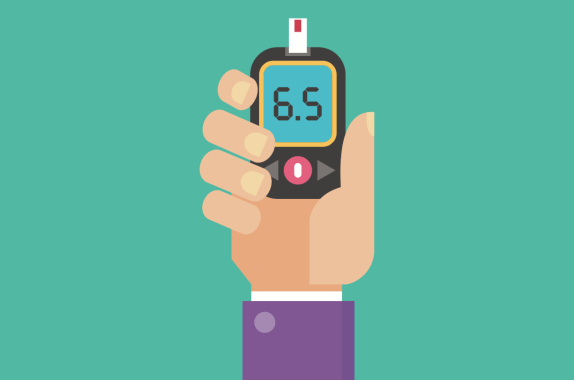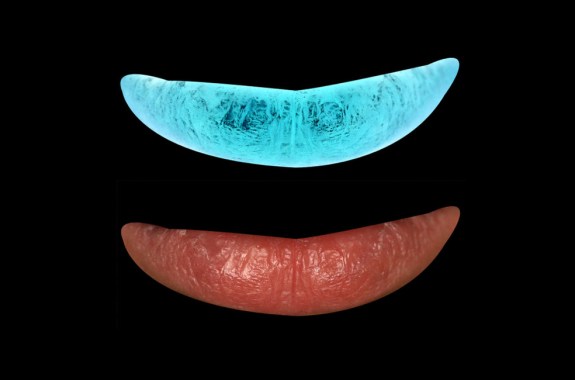5:00
The Cost of Co-Pay Drug Coupons
Co-pay drug coupons can provide a discount for prescription medicines, but can carry a steep price in the long term.
12:22
Do You Know What’s in Your Medical Record?
The first step to taking ownership of your medical data is to ask for it. Then it’s up to you how to share and store it.
17:27
Tracking the Daily Rhythms of the Microbiome
How do the circadian rhythms of gut bacteria affect the rest of the body?
17:24
What Causes The Common Cold?
Meet the viruses you have to thank for that stuffy nose.
16:28
This Cold And Flu Season, Get To Know Your Enemy
We answer your questions about the cold virus.
8:55
An Important Test for the Amyloid Hypothesis
The results of a Phase III clinical drug trial could reveal whether beta amyloid is at the root of Alzheimer’s disease.
7:15
AIDS Patient Zero, Snoozing Swifts, and Self-Driving Deliveries
Researchers trace the origins of AIDS in the U.S. beyond the original “Patient Zero.”
11:40
That’s Not What the Doctor Ordered
What happens when direct-to-consumer lab tests take physicians out of the equation?
What Your Lips Might Say About You
Researchers are studying what lip prints and other subtle physical traits might reveal about the etiology of cleft lip and palate.
7:15
A Limit to Lifespan, Genetic Preference for Flavors, and Hurricane Matthew’s Power
A new look at mortality suggests that even as average lifespan increases, there’s still a hard cap on how long we can live.








